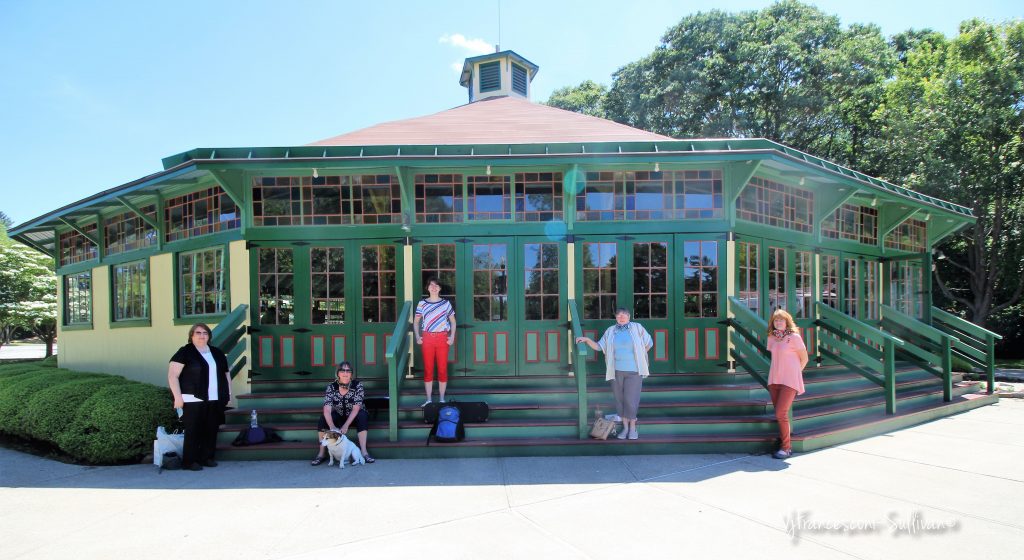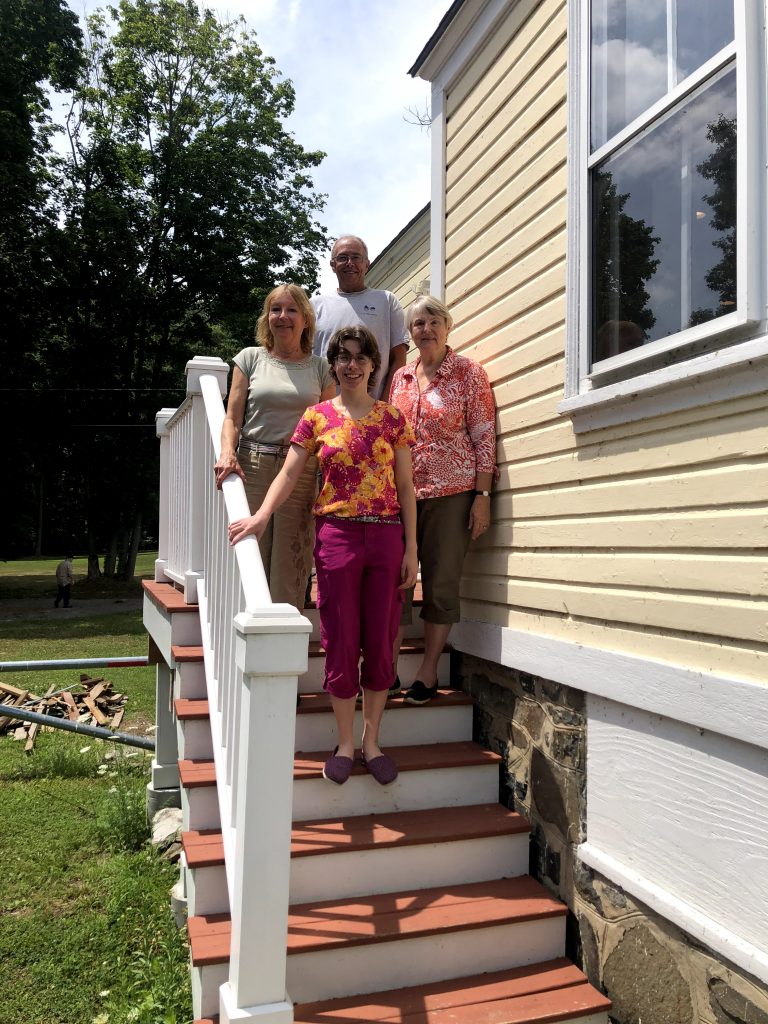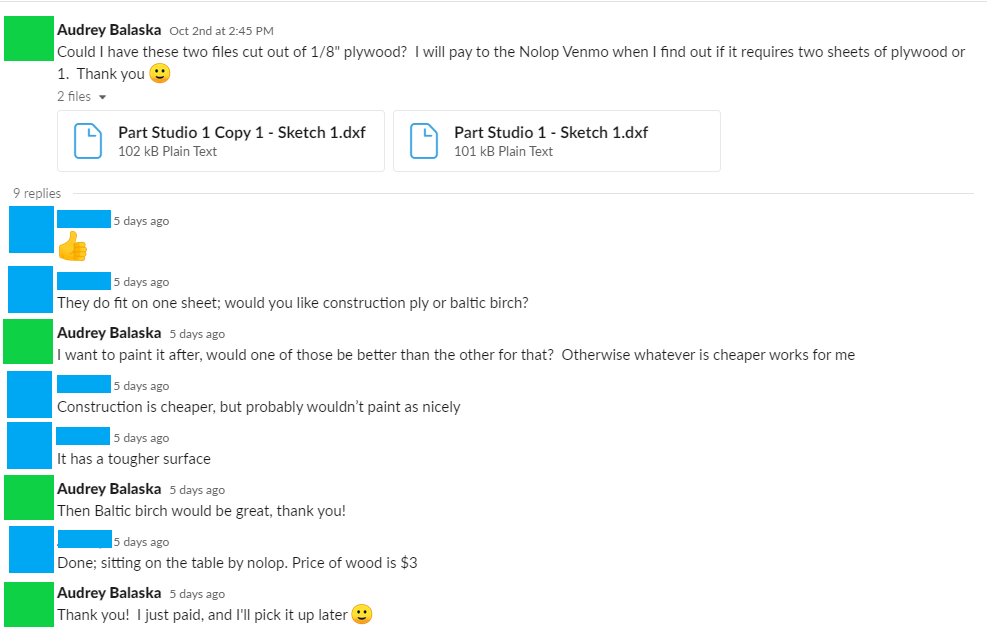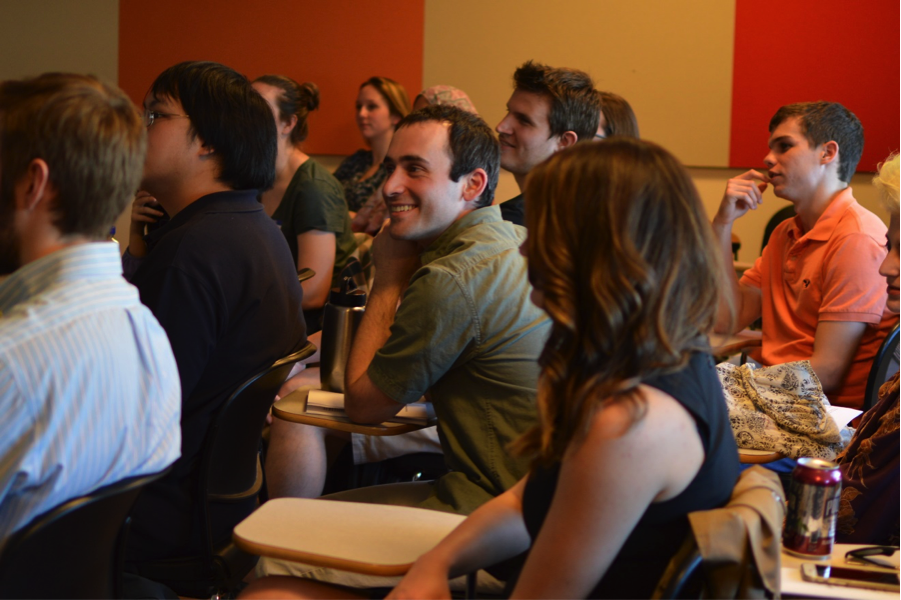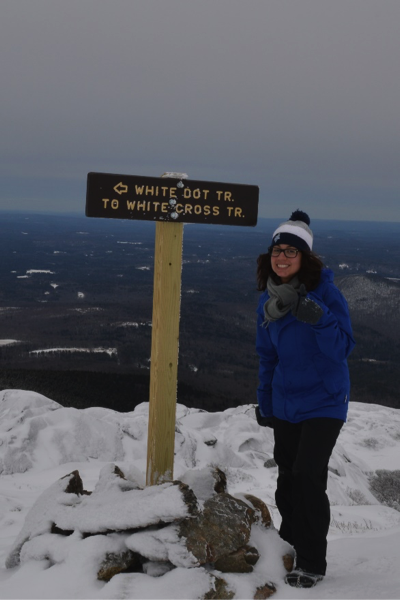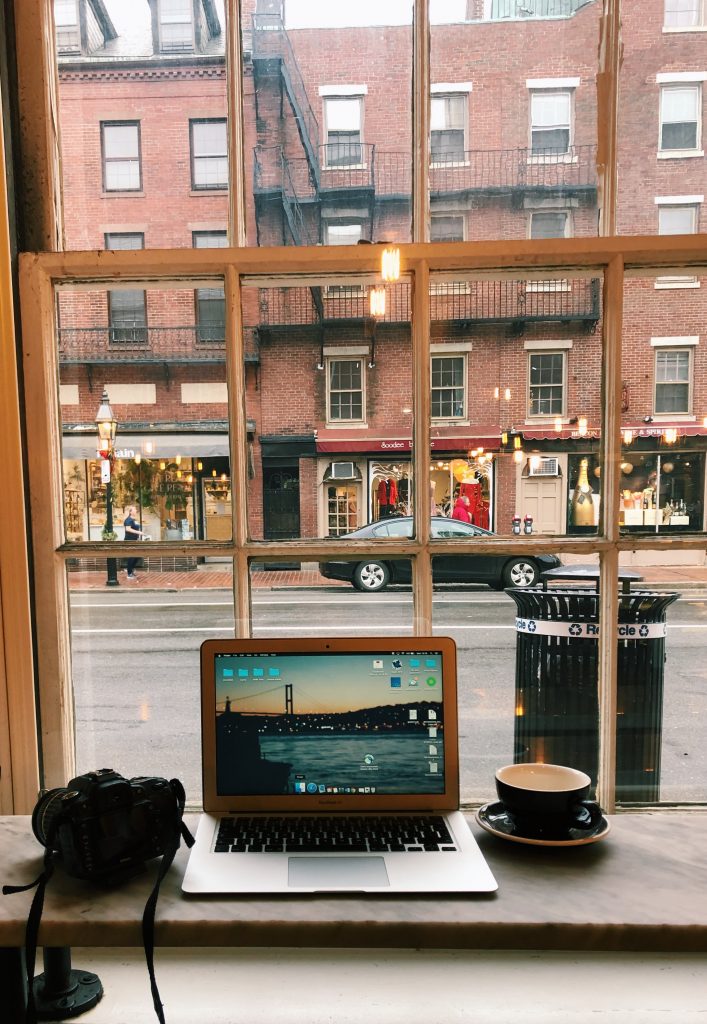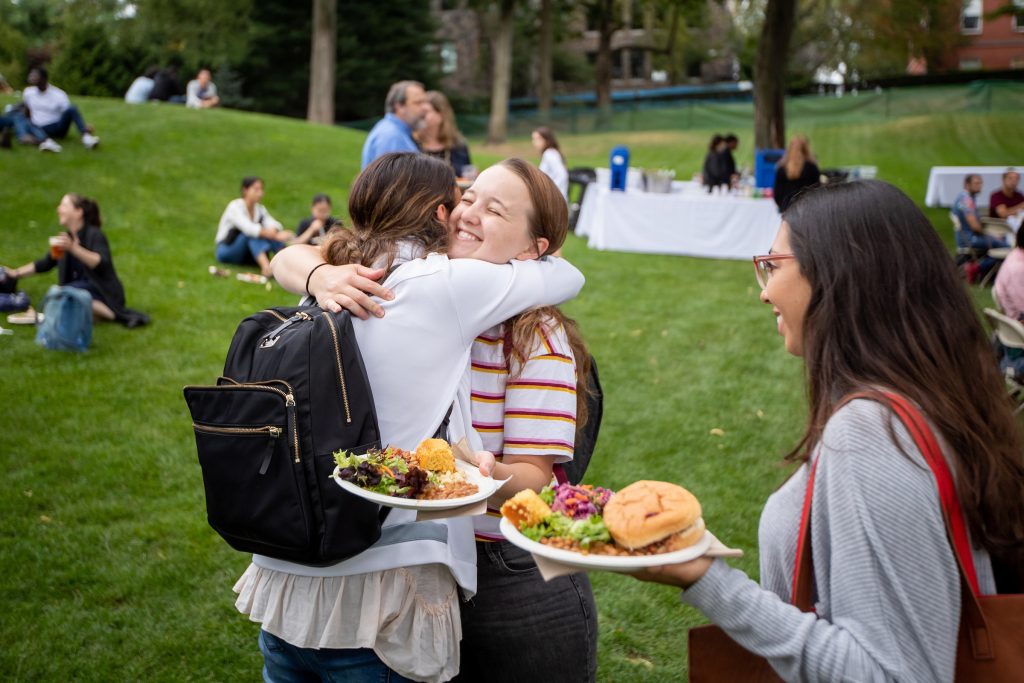Ways to earn extra money as a graduate student
By Abigail Epplett, M.A. student in Museum Education
Are you strapped for cash? Do you feel buried in debt? While these side gigs may not make you a millionaire, they will help with your monthly bills. Here are some ways I have made extra money — and you can, too!
Write Guest Blogs

Many organizations, including Tufts Graduate Admissions Blog and some programs and departments, have blogs where they disseminate information to their members or followers. There’s a wide range of pay for these blogs, and some don’t pay at all. If the blog is part of an organization that you admire — like the blog for your department (see my posts with the Tufts Museum Studies Blog here and here) or an association that has helped you on your career path (see my post at Personal Historians Network Northeast) — you may not mind working “for exposure,” especially because these are great pieces for your portfolio. However, if you need cash fast, it’s best to work with an organization that you trust, has good paths of communication, and is upfront about their rates. For example, the Tufts Graduate Admissions has a blog, and in connection to my main job as an Office Coordinator (i.e. layperson manager) for a church, I’ve also blogged for Back to God Ministries International (BTGMI), which pays $125 for a four post set. The work at BTGMI was much more technical and required several revisions, which accounts for the difference in price.
Teach a Class
You are learning so much in your grad school classes. Why not share it with other people? I currently lead Study Groups with the Osher Lifelong Learning Institute (OLLI), which has a branch at Tufts. This program is for retirees who want to keep learning at a high level. It’s essentially a snippet of grad school level courses geared towards people ages 65+. These groups are typically hosted on campus, but due to COVID-19, they are currently held online.
So far, I have taught two study groups. I used research I conducted for the course “Exhibition Planning” in Spring 2020 and my Practicum in Summer 2020 to create a study group called “Abby Kelley Foster: Freedom, Faith, and Family” in November 2020. I also used my knowledge from my Practicum and a lifetime of living in a national heritage corridor to create “The Industrial Revolution and the Blackstone River Valley” in December 2020. In January and February 2021, I hope to “switch gears” and use my knowledge from competitive athletics to lead “Exercise: Theory & Practice,” a mix of gentle exercises and kinesiology geared towards senior citizens.
Sessions for these courses typically are 2 hours long and run once a week for four weeks, but they range between one week and eight weeks in length. Study Group leaders are paid $25 per hour. If you want to learn more about leading groups with OLLI, contact the director of OLLI at Tufts once you matriculate into your graduate program.
Transcribe Audio
Are you a fast typist and a good listener? Do you have a niche interest? Maybe you speak multiple languages? Audio transcription might be a good job for you. I work as an independent contractor with Audio Transcription Center in Boston (ATC). It’s easy to apply online, and you will receive a sample test within a few weeks. Once you are a contractor with ATC, you’ll receive emails about available transcription jobs and can email the office to request work. ATC pays $60 per audio hour. An hour-long job will take between 3 and 6 hours, depending on the worker’s experience and the material given. One learning curve in this job is that you need to use Express Scribe, a free program that allows users to play, stop, rewind, skip ahead, speed up, and slow down audio, just like on a cassette tape. Once you have gotten the hang of this program, transcribing will be faster and easier.
Sell Designs Online
While this method of work is not as reliable as being paid by an organization — like what happens as a guest blogger, teacher, or transcriptionist — if you are an artist, you can make extra money selling your art online. Although many online marketspaces exist, and I have tried several, I’ve personally had the most success with Society6. Once I upload my designs, I don’t have to worry about fulfilling orders; the company takes care of that for me, and payments are sent automatically to my PayPal account each month. The profit margins are small, but it’s a good way to test which of your designs are saleable if you’re interested in opening an independent business in the future.
Pet Sitting

If you love cats, dogs, birds, or any other of the many animals that people keep as pets, this is a pretty good gig. Pet sitting comes in many different forms. Dog walking might be a daily activity lasting over several months, while vacation sitting will last between five and ten days. The price of pet sitting varies depending on how much care an animal needs, and how long it needs to be watched. In my area, $17 for a walk and $20 for a day of mealtime drop-in visits is fairly standard. Although pet sitting apps exist, I do not use them and instead rely on word of mouth. That way, I already have a connection with the pet owners, which makes communication and negation easier, and they’re more likely to trust me with their “furbaby.”Make sure you know the pet’s needs ahead of time, including any directions for feeding or medications. Also, be careful not to bring animals to your house, as boarding spaces and kennels require special licenses.
As Always, Time Management
I’ve offered you five different ways to earn extra money while in grad school, great ways to pay the bills and keep from accruing (more) debt. One important thing to keep in mind while working multiple side hustles is to manage your time. Multi-tasking may seem like a great way to get many things done at once — Why not study for that final exam while walking your neighbor’s dog? There’s no way that could go wrong… — but ultimately, our brains can only handle one task at a time. Instead, if you like variety, try breaking up your jobs into smaller segments, and keep a calendar schedule of everything you need to accomplish. For example, in a given day, I might work my main job, take classes, prepare to teach a class, and pet sit. My workday might look like this:
| 9:15 a.m. – 9:30 a.m. | Pet Sit |
| 9:30 a.m. – 3:30 p.m. | Main Job |
| 3:30 p.m. – 3:45 p.m. | Pet Sit |
| 3:45 p.m. – 6:00 p.m. | Break |
| 6:00 – 7:30 p.m. | Take Class |
| 7:30 p.m. – 8:00 p.m. | Prep for Class |
| 8:00 p.m. – 8:30 p.m. | Pet Sit |
That’s 7.5 hours of paid work, but it’s broken up into segments to be more manageable. Plus, there’s plenty of variety, so you won’t get bored from a single task.
Don’t be afraid to try new side jobs to earn extra money while in grad school! Your wallet will thank you, and you will learn new skills that will help further your career path.

